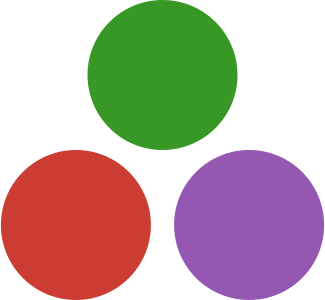Recent searches
Search options
#ComputationalMechanics
TetGen functionality has now been added to Comodo.
Demo: https://github.com/COMODO-research/Comodo.jl/blob/main/examples/demo_tetgenmesh.jl
Went with another classic, the dragon statue.
This shows triangulated surface remeshing using a (very basic) #JuliaLang wrapper for @BrunoLevy01 et al.'s fantastic Geogram library (https://github.com/BrunoLevy/geogram).
Some lovely #3Dprinted spatially varying aluminium lattice structures. It is always nice to see our computational design work move from virtual models on a screen to real world objects.
This is the work of a PhD researcher I co-supervise: Mahtab Vafaeefar
https://scholar.google.com/citations?user=YG2uLm4AAAAJ
Stress testing the swept lofting method (blending from one section curve to another along a path). Here with about 0.5 million faces and vertices.
#julialang #opensource #ComputationalDesign #ComputationalMechanics #GeometryProcessing #Comodo
So satisfying to finally reach 100% code coverage for testing!
Hoping to publish paper on Comodo by the end of the year. If you are into #ComputationalMechanics #Biomechanics #GeometryProcessing #FiniteElementAnalysis help to contribute to Comodo.jl and FEBio.jl and you'll be one of the authors!
And say hello to Gibbon.jl, ongoing work towards a #JuliaLang implementation of the MATLAB toolbox GIBBON (https://www.gibboncode.org/. )
First pass at Gibbon.jl
https://github.com/gibbonCode/Gibbon.jl/
Sneak peek at my #JuliaLang wrapper for #FEBio, an advanced #FiniteElement solver for #ComputationalMechanics and #Biomechanics
More on FEBio here:
https://febio.org/
https://github.com/febiosoftware/FEBio
[EN] We just released SolidsPy version 1.1.0. This release fixes a compatibility issue with @numpy.
[ES] Acabamos de lanzar la versión 1.1.0 de SolidsPy. Está versión corrige unos problemas de compatibilidad con NumPy.
Research associate/software engineer opening in computational mechanics at Bristol. This group is especially interested in functional large-deformation and inverse shape design with applications including wind turbines.
https://www.bristol.ac.uk/jobs/find/details/?jobId=327398&jobTitle=Research%20Associate%20%2F%20Senior%20Research%20Associate%20in%20Computational%20Structural%20Mechanics%20and%20Software%20Development #jobs #FEA #ComputationalMechanics #RSE
@villares Great! In FElupe, I eliminated one loop for performance reasons: First, I create a line-mesh and then expand it to a rectangle.
import felupe as fem
mesh = fem.Rectangle(a=(0, 0), b=(100, 100), n=(6, 6))
Here you'll find the rectangle-function
and here the expand-tool:
Just added linked view manipulation to GIBBON. #opensource #computationalMechanics #GeometryProcessing
(Simply use the space key to turn on/off the linking.)


